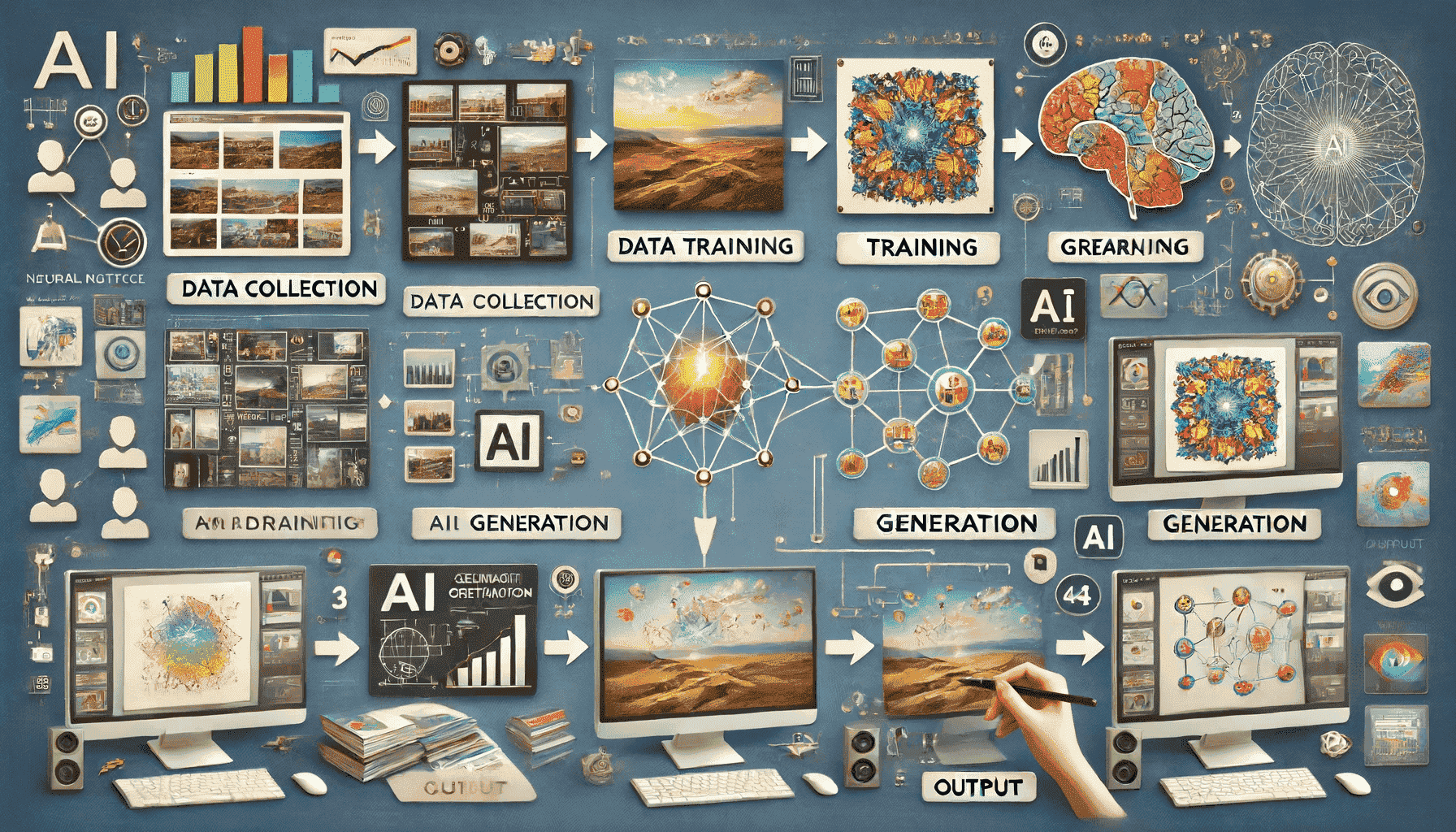
Are you curious about how AI image generation is transforming creative workflows? In recent years, AI image generation has gained significant traction, providing designers, marketers, and creators with powerful tools to produce stunning visuals quickly and efficiently. This technology is reshaping industries by streamlining the creative process and enabling users to generate compelling images tailored to their specific needs.
Understanding AI Image Generation
AI image generation refers to the use of artificial intelligence algorithms to create images from scratch based on user inputs or predetermined parameters. It leverages deep learning techniques to interpret text prompts and generate high-quality visuals. The popular tools among designers and marketers include:
- Midjourney: Known for its cinematic and detailed images.
- DALL·E: Excels in understanding complex prompts with conversational features.
- Stable Diffusion: Offers a range of customizable outputs.
Best Practices for Using AI Image Generators
To maximize the potential of AI image generation, consider the following best practices:
- Use clear, descriptive prompts to guide the AI effectively.
- Leverage editing features for refining generated images.
- Incorporate style references or mood boards to influence outputs.
For additional insights, you can visit BrandVM and Curious Refuge.
Challenges and Limitations of AI Image Generation
Despite its capabilities, AI image generation has notable limitations:
- Image resolution often maxes out at 2048×2048 pixels.
- Common issues with anatomical inaccuracies.
- Generated images may require manual review before commercial use.
Emerging Trends in AI Image Generation
As the technology evolves, several trends are gaining momentum:
- Higher-resolution outputs for large format and commercial use.
- Integrated workflows within traditional design software like Canva and Adobe.
- Customization options that allow training on proprietary datasets.
Conclusion
AI image generation is revolutionizing the way designers, marketers, and creators approach visual content. By understanding its capabilities and limitations, professionals can efficiently incorporate this technology into their workflows. As the landscape continues to evolve, staying updated on the latest tools and techniques will be essential for leveraging the full potential of AI image generation.
Call to Action
Ready to dive into the world of AI image creation? Experiment with AI image generators and share your thoughts in the comments below!
FAQs about AI Image Generation
What is AI image generation?
AI image generation is the process of creating images using artificial intelligence algorithms that interpret prompts and generate visuals based on those inputs.
What are some popular AI design tools?
Some popular AI design tools include Midjourney, DALL·E, and Stable Diffusion, each offering unique features and capabilities.
Can I use AI-generated images commercially?
Yes, you can use AI-generated images commercially, but it’s important to review and edit them to ensure quality and compliance with licensing standards.
What are the limitations of AI image generation?
Limitations include resolution constraints, potential anatomical inaccuracies, and the need for manual edits before professional use.
How do I improve my prompts for better AI-generated images?
Enhance your prompts by making them clear, specific, and descriptive to guide the AI in generating more relevant visuals.

For more AI tools, click here.
Free AI Tools


